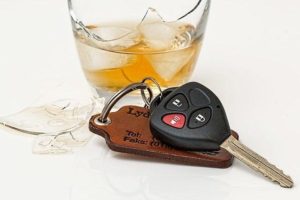You are smart enough to know that a motorcycle helmet is essential when riding, but which one should you purchase? Here’s a hint: the answer is not which one looks best!
Proper Comfort and Fit
There are a variety of factors that you must consider when shopping for a proper motorcycle helmet. First, consider both fit and comfort. To ensure the proper fit, the helmet should not move around on your head. A good rule of thumb is that you should feel your skin moving around when you move the helmet. Also, make sure you cannot grab the helmet from the back and lift it off of your head. Many helmets come with adjustable padding which can fit around the cheeks, forehead, and chin. Remember: the helmet must fit snugly in order to protect you in an accident. If your helmet flies off, it obviously cannot do you any good.
The proper comfort means that the helmet does not have irritating pressure points or allow too much road noise. Remember that there should be pressure against your face, but it shouldn’t be bothersome or annoying. Some helmets even have air vents to allow for the flow of air against your face. You may need to try on a number of different helmets to compare fits, but once you find that perfect fit, you will know it!
Safety Rating
Helmets are rated for safety by the US Department of Transportation (DOT). If a helmet bears the DOT sticker, that means it has met the US safety regulations for retention, impact protection, and penetration protection. Retention refers to the ability of the helmet to stay on the head in the event of an accident. Impact protection is the ability of the helmet to distribute force evenly in the event of impact. Penetration protection means that the helmet will keep you safe from flying debris from the roadway.
Styles
Once you have factored in safety rating, comfort, and fit, you can consider styles. There are three main styles of helmets: shorty, open face, and full coverage. Full coverage helmets have a chin bar and once in place, protect you from the neck up. An open face help lacks a face shield. It has a chin strap, but your face is exposed, leaving it vulnerable to bugs and wind. A shorty helmet looks like an old-fashioned helmet. It offers the least protection.
Features and Designs
Now that you know how to purchase a helmet that will keep you safe in the event of an accident, you can freely search through an array of features and designs. Helmet prices vary from inexpensive to hundreds of dollars, but as this article demonstrates, they need not be pricey to keep you safe. As an experienced motorcycle attorney, I have seen what happens when riders go without helmets. Don’t take chances- ride safely! Hopefully you will never have to use your helmet, but if you do, trust me you will hope you bought the one with the best protection. As the expression goes, dress for the asphalt, not the weather!
Call or text 1-800-668-6729 or complete a Free Case Evaluation form

